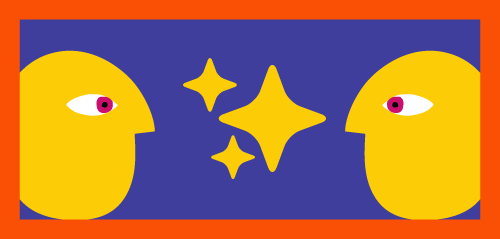Eye on AI: How it’s changing our agency
On a scale from meh to the-greatest-thing-since-sliced-bread, our opinion of AI falls somewhere in the middle. At rote tasks, it’s good, even astounding. At higher-level strategic and creative work, its output can be a bit generic and half-baked – more Wonder Bread than wondrous.
But as you’ve undoubtedly noticed, the tools are quickly improving – and proliferating. Today, we’re continually testing new applications and, increasingly, embracing ones that create obvious efficiencies for our clients.
No compromises on privacy and security
Step one in our evaluations is always ensuring data confidentiality. We understand AI needs to train on data to improve, but that doesn’t mean it needs to train on your data.
Working in highly regulated industries as we do, we take this stuff very seriously. In most cases, if an AI tool doesn’t provide a walled-off sandbox only we can play in, it’s a hard pass for us. Rest assured, in this largely uncharted world of AI usage and disclosures, we’ll continue poring over the fine print to ensure your data is protected.
AI’s impact on our strategic work
In general, with strategy, we’ve had better luck thinking of AI tools as dependable research assistants rather than actual strategists. Given specific guidelines to follow, they’re all business – save for the occasional daydream (i.e., hallucination) of course.
Overall, large language models like Gemini AI – and market research tools like Insight7 – have significantly sped up our work, enabling us to quickly uncover market insights, outline content, mine transcripts for key findings, and more. But hallucinations are still a concern and seemingly getting worse. As a result, we always cross-check data and observations with sourced material – which, unfortunately, eats into some of our efficiency gains.
That said, some use cases have been unequivocal slam dunks. For one project where we needed to find relevant video clips buried deep within consumer interviews, the research platform Recollective allowed us to accomplish the task instantly based on search criteria. An hours-long process of manually marking up transcripts then searching through videos was reduced to mere minutes.
AI’s impact on our creative work
As with our strategic work, applying AI to creative has been hit or miss. For the kind of presto change-o retouching magic that turns a gray sky blue or removes a squirrel from a bird feeder, the AI integration in tools like Adobe Firefly is great. But original AI-generated images – while spectacular for fantasy and highly stylized work – still fall short for the natural and authentic human images our clients need most. Similarly, we see great potential for AI to expedite production tasks like resizing ads, but continue to test options to see if they can get closer to meeting our clients’ high standards.
On the copywriting side, we’ve experimented extensively with the major chatbots as well as purpose-built tools like Writer. Our verdict? Getting workable outlines and drafts – or riffs on headlines or search ad copy for testing – is certainly doable, but outside-the-box thinking or a real human touch remains elusive. Often these tools are prone to simply repeating content from supporting documents you upload or going way over the top when a little personality is requested.
To end on a high note, AI’s input on our programming work has been a real bright spot. In our view, there’s a reason coding jobs (at least entry-level ones) are seen as threatened today – AI excels in this area. As part of our process now, we count on ChatGPT to identify improvements to our HTML, CSS and javascript code – a job it does and does well.
What’s next for AI at our agency?
When we update this blog, perhaps in a few months, we fully expect many of the observations here will seem quaint or outdated. That’s how fast things are changing. In the meantime, we’ll continue to keep our finger on the pulse to see where AI can take us – and you – next.
Want to hear about more ways we’re using AI to benefit our clients? Let’s talk ›



 See what they have to say
See what they have to say